
The constant practice of any discipline is vital to improve the skills and thus learn more important aspects that make us teachers in what we do. In the world of photography this is true, it is extremely important to practice and experiment to become better day by day. It is not enough to read about it and know the theory perfectly. It is also important to clarify that anyone can take pictures.
What is photography?
In simple terms, it is the art and technique of capturing and projecting images using light. This can be done by light sensitive means or by conversion to electronic signals, ie analog or digital media.
How do cameras work?
Both analog cameras and digital cameras share elements that are vital to their operation, such as: the objective or lens, the body, the shutter, and the diaphragm.
A camera works similar to our eyes: it is responsible for receiving light rays from the outside and transforms them into an image. The light rays enter the camera through the lens that is responsible for grouping them into a single point and, depending on the distance at which the object is located, the resulting image will have a different size: it will be smaller or larger.
And the process to create a photograph is described as follows: by pressing the camera button, the light from the object that we are going to photograph enters through the lens, which is responsible for gathering it at a point, that is where the image is formed. If the camera is analog, the point where the image is formed is a film; if it is digital, the point is a sensor.
How did I start in the world of photography?
Learning to take pictures is not an easy task, so here are some tips to help you get started.
Choose the right team
If you already have a camera then you are ready to start, any camera will help us to start. Otherwise we have to choose it, but we must remember that the camera does not make the photographer.
An important piece of advice if you already own a camera is not to change it until you master it perfectly, get the most out of it before investing in another one.
You have to take certain things into consideration when choosing a camera:
- No need to buy the most expensive equipment on the market.
- We can start with a compact camera or if you want something a little more sophisticated, there are reflex cameras at a good price and with excellent features.
- Choose the type of photography you like, this is important to choose the most suitable camera.
- You must feel comfortable when holding the camera, choose an ergonomic one.
- If you want to expand your photographic equipment you will not be able to do it with a compact camera, you should take this into account from the beginning.
- Analyze all the options well and acquire a camera that meets your needs and budget.
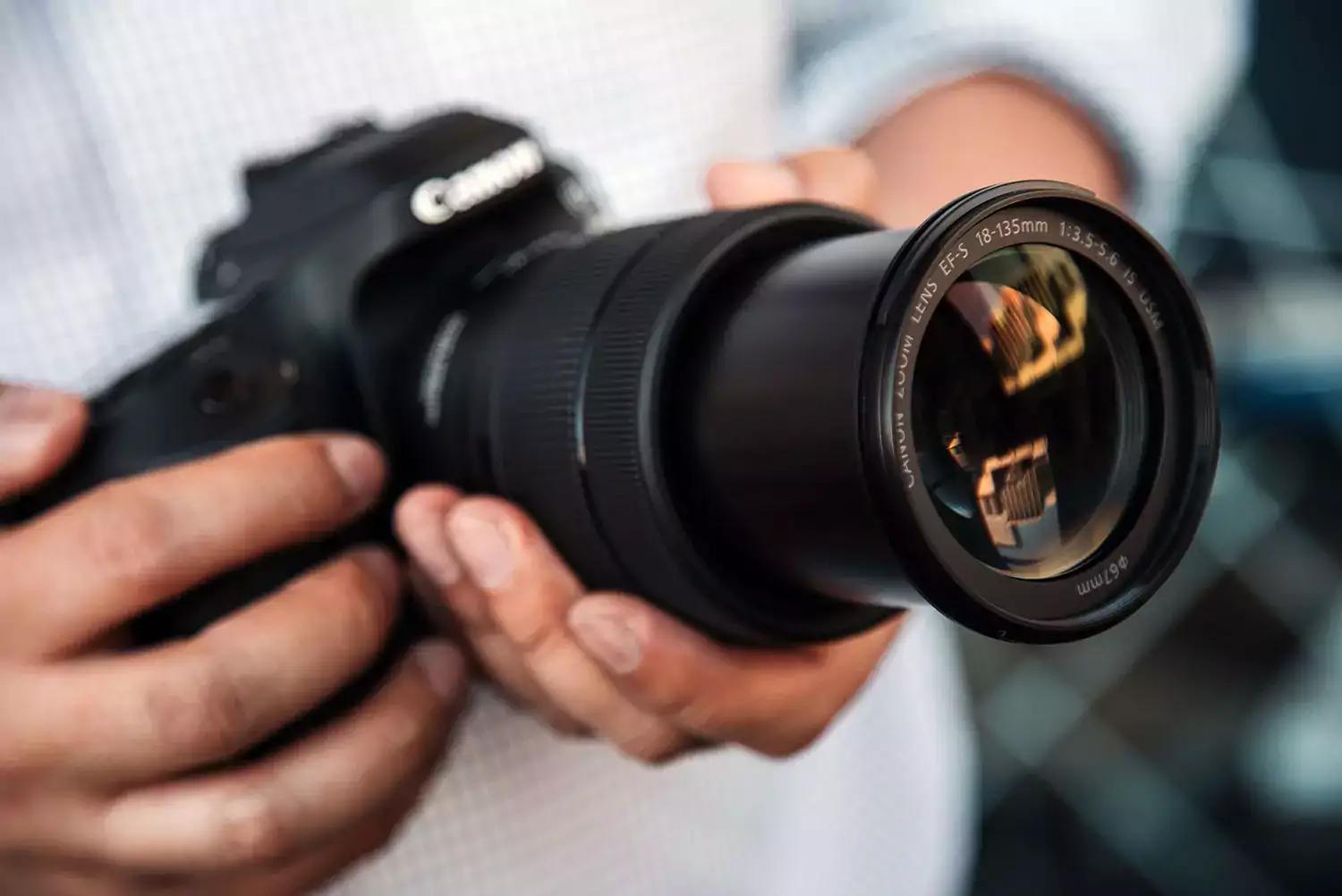
The composition
There are technical issues that we need to know to take better photographs, some of the basic composition rules are the following:
- Rule of thirds: It is about breaking down the visual field into three horizontal and three vertical parts. Obtaining 9 equal parts. The aim is to place the points of greatest interest in the photograph at the intersections of the lines.
- Symmetry: Taking the center of the image as a reference, it distributes the visual weight equally throughout the image.
- Patterns: Use all those that surround you, they are visually pleasing and generate impact. You can also take into account when these break and thus tell a story with your photography.
- Details: Use details to highlight the background. Achieving a contrast of perspectives, with a detail in the foreground that serves to highlight the background of the photograph.
- Natural frames: Use the frames that are near you, a tree, a door or a person. Allows you to give photos more depth.
- Guide lines: Sometimes the scene we want to photograph already has lines that guide our gaze. You simply have to take advantage of them, obtaining images that stand out for the ability to have taken advantage of the environment.
- Diagonals: The line in the composition when it is diagonal gives tension to the image. Both triangles and diagonals offer a sense of perspective and movement.
- Odd rule: Numerical sequences and the regular make up a rule. This is how this technique is developed, which is based on the opposite, on breaking a sequence to arrive at the odd rule. Find odd elements in the composition by playing with numbers, and include them in the composition.
- Fill the frame: Filling the frame, bringing the object closer to photographs, we capture the viewer's attention.
- Rule of space: . If we have an element that sets a rhythm, such as a gaze, or an object that we know is in motion, we must leave space for where that element is directed.
- Golden triangles: This rule is inherited from classical antiquity. And he maintains that every image can be divided into four parts, divided by two diagonals that cross from right to left, meeting at the center of the image with an intersection. The elements that occupy the space of these lines will be within a harmonic composition.
- Golden Ratio: This ratio is based on geometry. It is based on a mathematical principle, which indicates that two quantities are in the golden ratio if their ratio is equal to the sum of both, divided by the greater of them. It occurs continuously in nature.

The camera and its controls
Get to know your camera in order to get the full potential out of it. Even a compact camera can be more flexible and powerful than you know. Read the instruction manual to figure out all those little symbols. As you explore, try shooting with multiple settings to learn what effects you can achieve with each one.
The controls and their purpose on the camera are usually as follows:
- Diaphragm opening: Allows you to control the depth of field, that is, the distance in front of and behind the focused point that appears clearly in a photo.
- Shutter speed: Tells the camera how long it will be taking a picture, and consequently, the amount of light that will enter the camera.
- Light Metering Modes: Decide how your camera should measure light, using what are called metering modes.
- White Balance: It is a control of the camera that serves to balance the levels of the basic colors red, green and blue (RGB) in order that the brightest part of the image appears as white, and the least bright as white. black.
- ISO Sensitivity: This is a function that digital cameras have and that allows emulating the behavior of traditional cameras when they work with chemical film of different sensitivity.
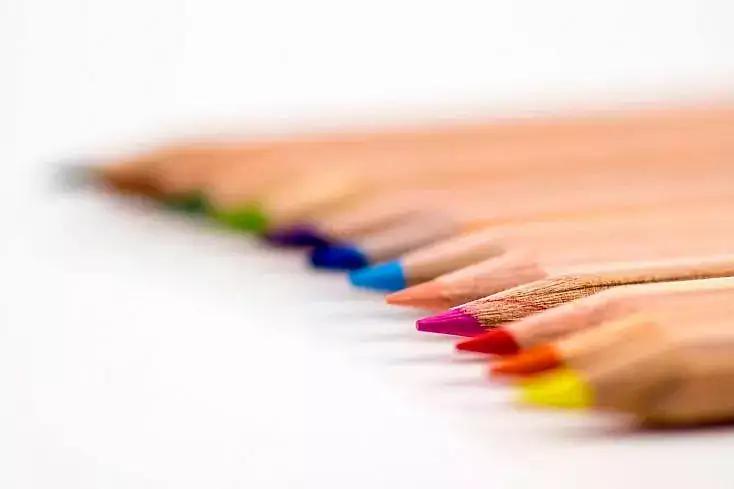
Lose the fear of taking pictures
Don't be afraid to take pictures at all times, remember that practice makes perfect. In addition, in this way you can put into practice all the techniques that you learn along the way.
For this it is also recommended that you take your camera to all the places you can.
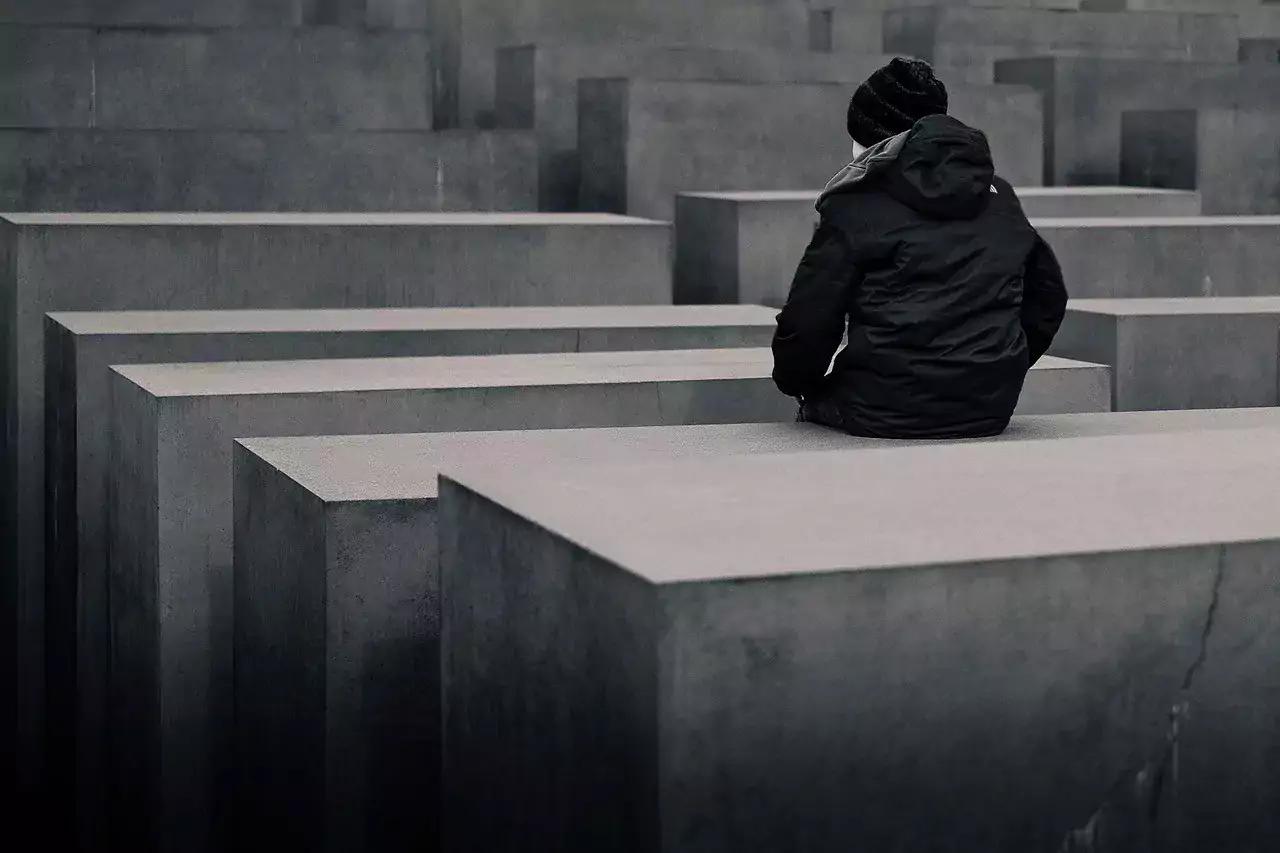
Use manual mode
Once you've learned the basics of exposure and the exposure triangle, and control all the buttons on your camera, one of the best tips for beginners is to review your photos. Try shooting in manual and review the images on your camera's view screen while shooting or directly on your computer, phone or tablet.
In manual mode you will be able to learn faster all the functions that it offers you.
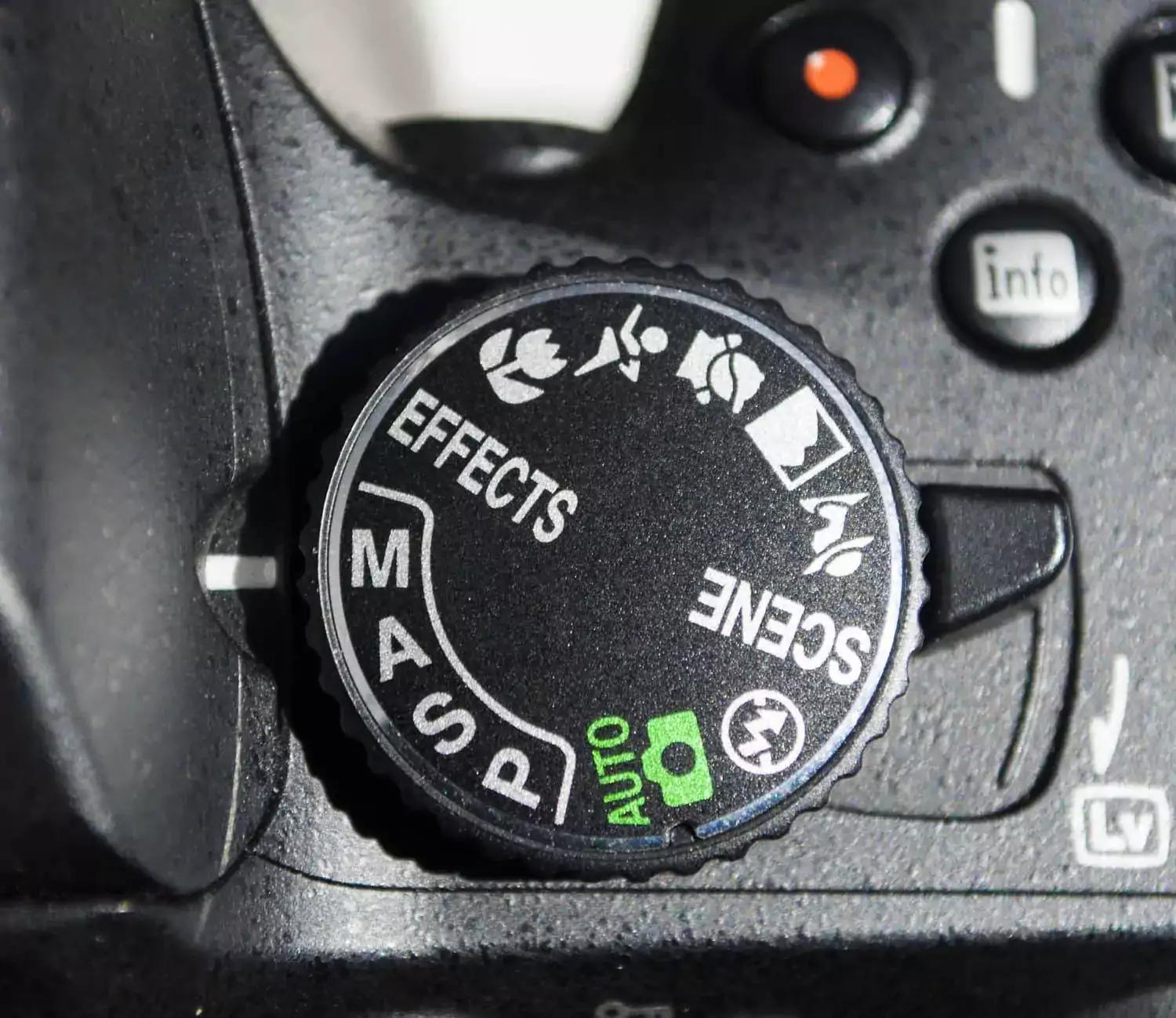
Save photos in RAW
Change your file settings from JPEG to whatever RAW file your camera has. The main reason is to be able to have files with more information and possibilities when it comes time to edit the images.
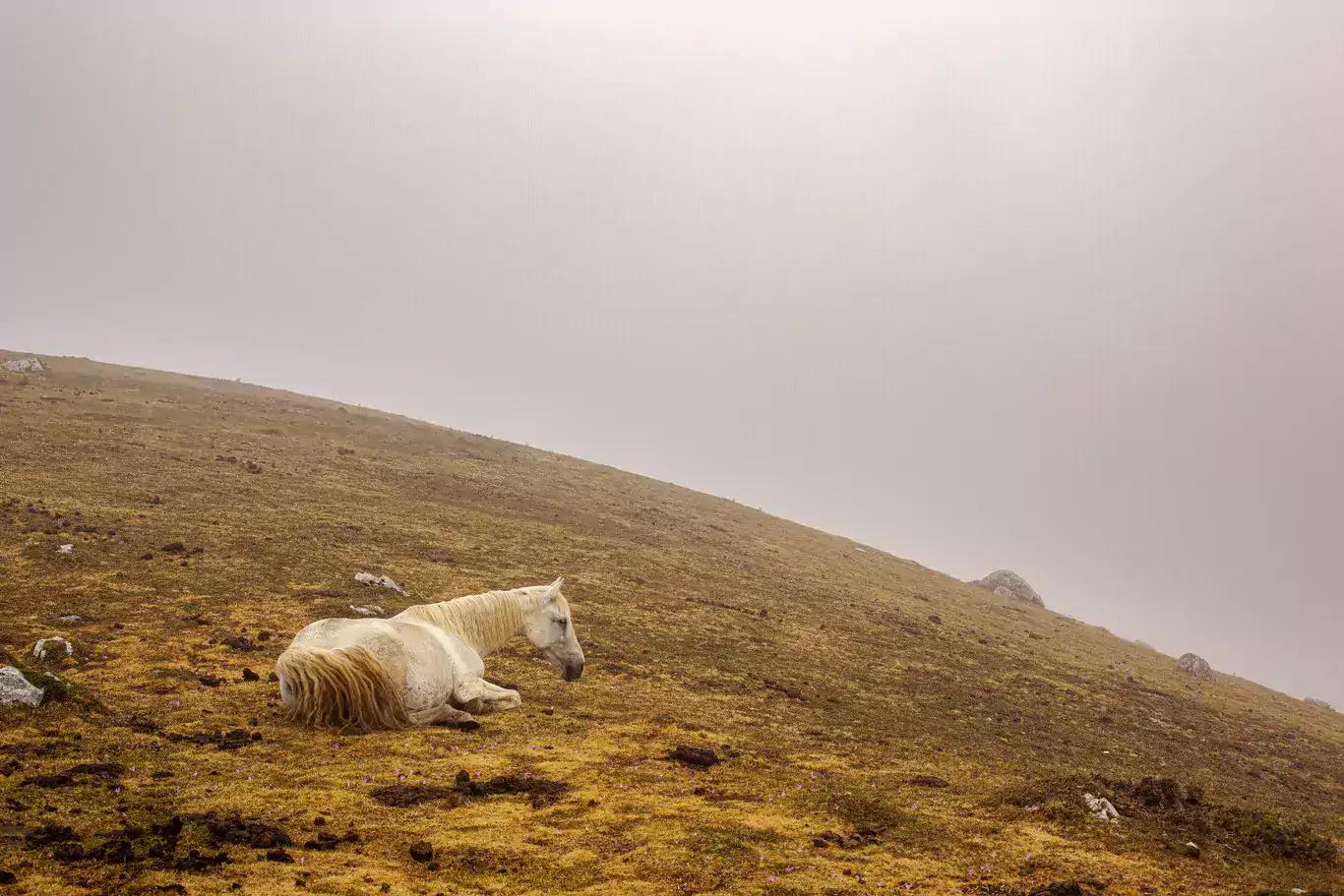
Invest in a tripod
The tripod is a basic element for taking pictures. Invest in a good quality one that remains stable and does not put your photographic equipment at risk.
This item will help you avoid taking blurry photos when using long telephoto lenses, in low light, or taking panoramic photos.
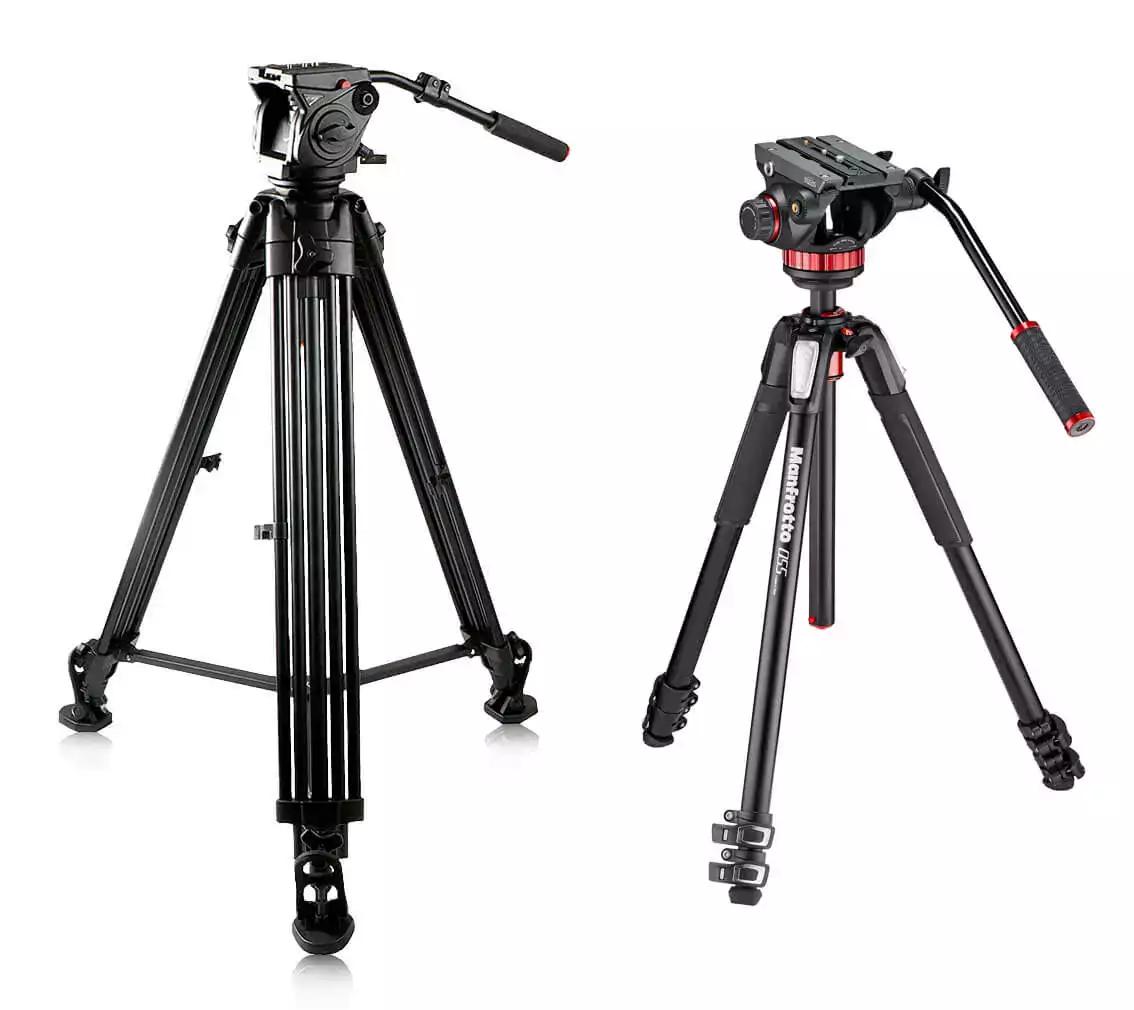
Ask other photographers for advice
Ask photographers for advice, good comments and constructive criticism are an impetus to improve. So do not be afraid to show the work done.

Follow other photographers on social networks
Seeing the work of other people can help us improve, and it will also serve as inspiration to try photography techniques that we do not master. Learn from all of them and create your own style.
Remember that there is always someone better than us and we can learn from them.
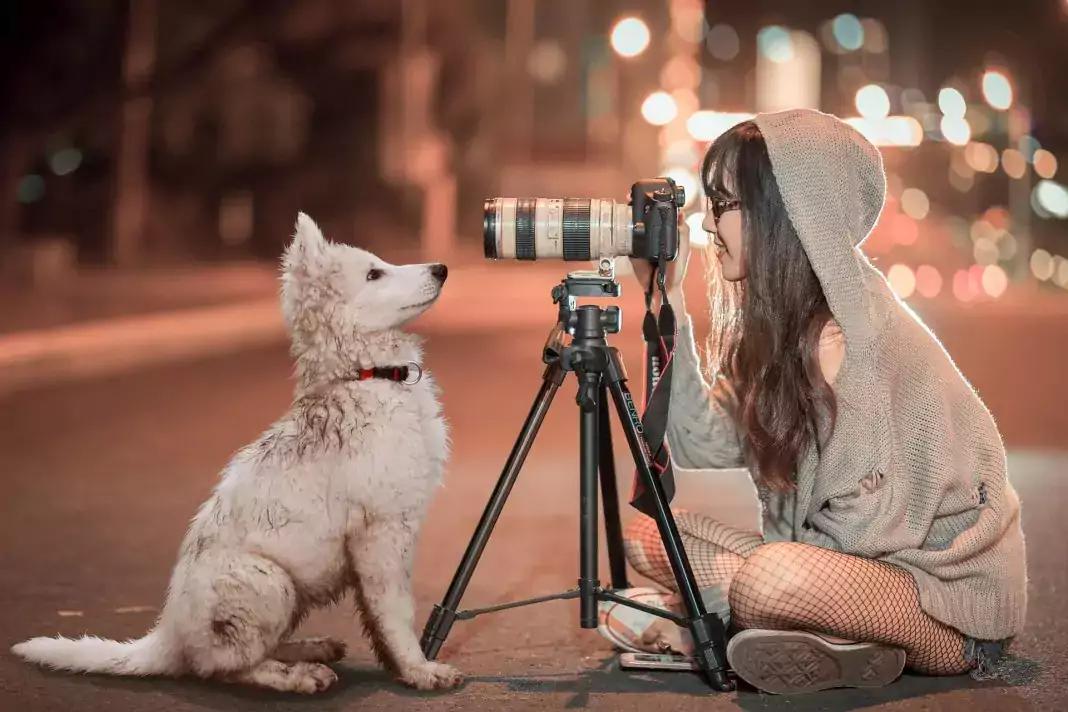
Learn to process photographs
With the retouching of the photographs we will be able to apply photographic effects and tricks that will take our snapshot to another level. It will also help us to have a better understanding of the behavior of light, exposure and composition in our photographs.
We also advise you not to abuse the edition.
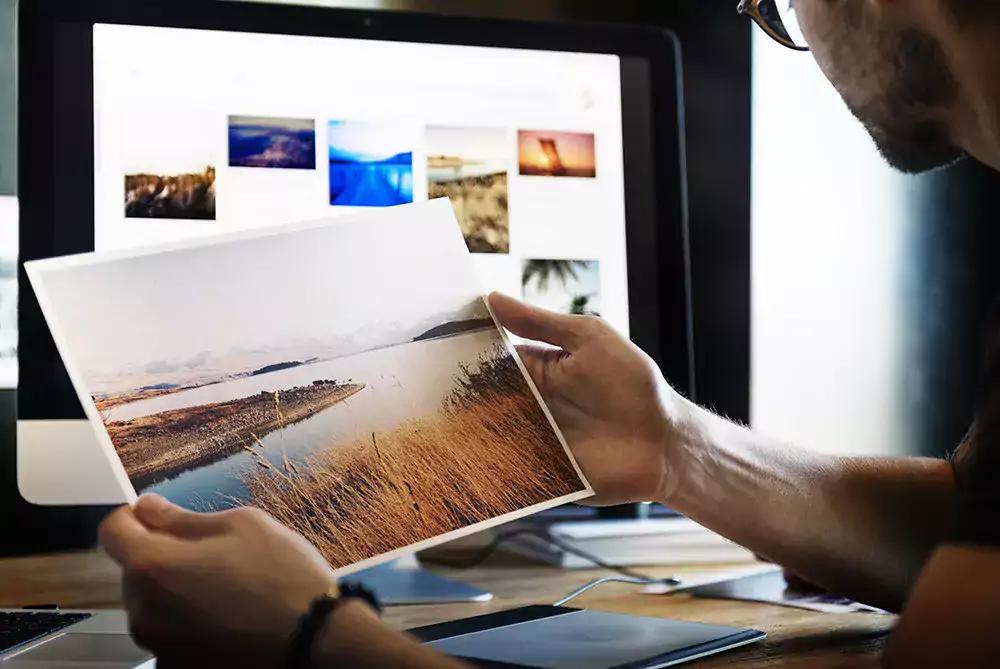
Take photography courses or join a group of photographers
In photography courses or groups you can learn from experienced people and practice what you learn.
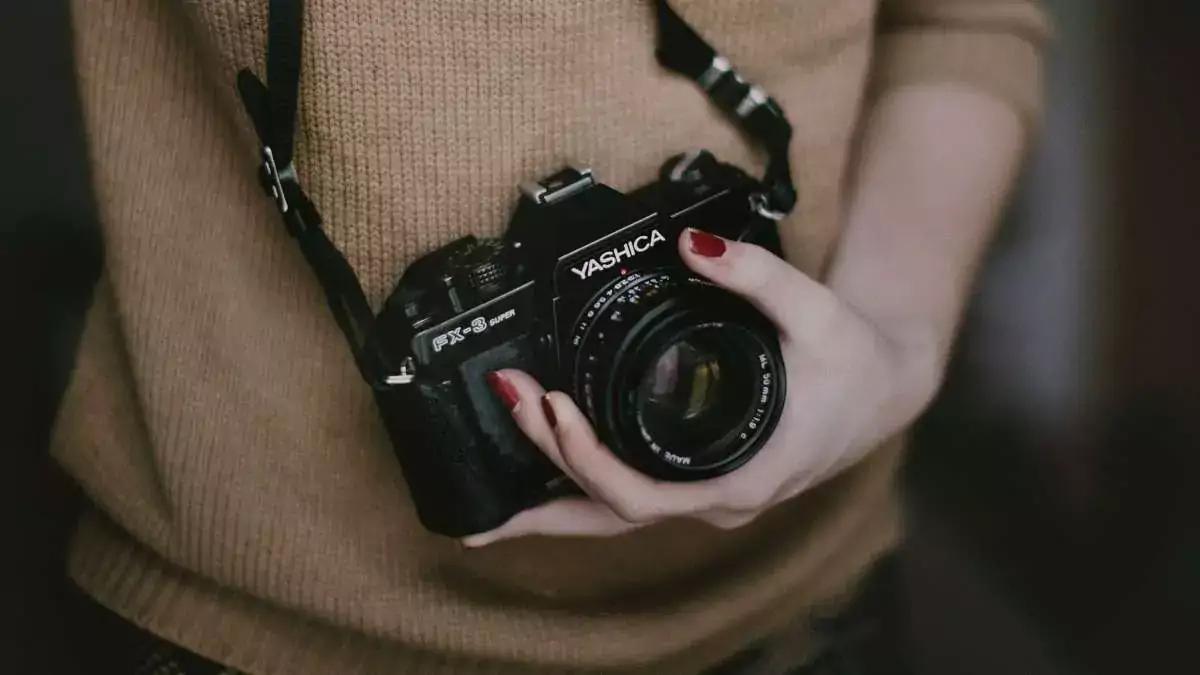
What did you think of these photography tips? Did you like them? Do you know other tips for those who start in photography? Tell us about your experience in the comments.









comments